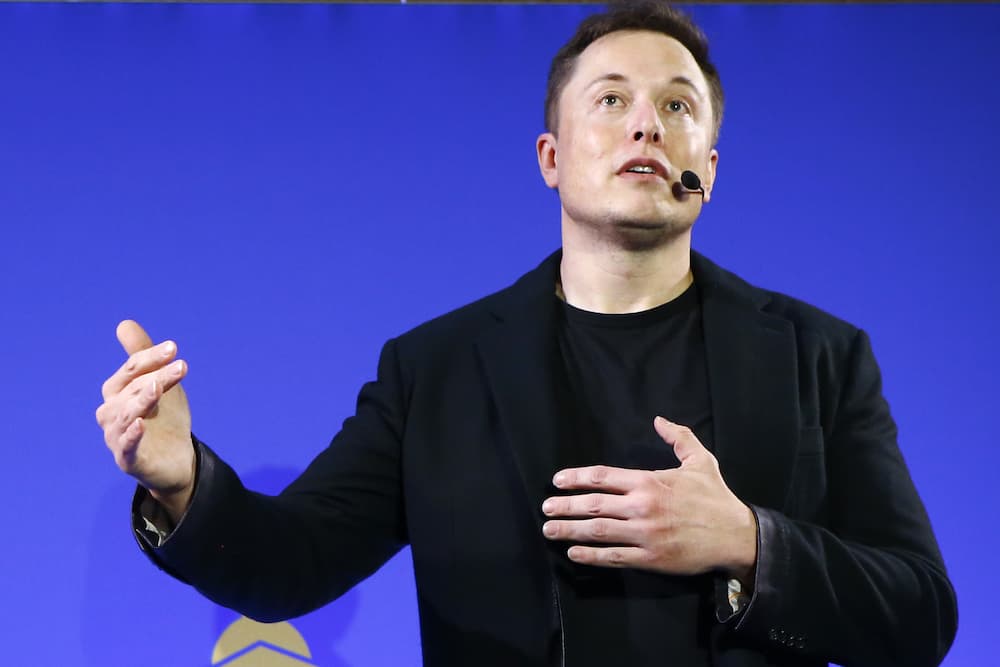Electric vehicle maker Tesla plans to produce millions of Optimus humanoid robots and sell them for no more than $US20,000 ($A31,231) – less than a third of the price of a Model Y car.
Tesla CEO Elon Musk showed off a prototype of Optimus on Friday and said he expected the company to be ready to take orders for the robot in three to five years.
Musk described an effort to develop the product over a decade or more – the most detailed vision he has provided on a business he has said could be bigger than Tesla’s EV revenue.
Tesla’s push to design and build mass-market robots that would also be tested by working jobs in its factories sets it apart from other manufacturers that have experimented with humanoid robots.
The eagerly awaited reveal of prototype robots at Tesla’s office in Palo Alto, California, was part of what Musk has described as an effort to have Tesla seen as a leader in fields such as artificial intelligence, not just a company that makes “cool cars”.
An experimental test robot that Tesla said was developed in February walked out to wave at the crowd on Friday and the company showed a video of it doing simple tasks, such as watering plants, carrying boxes and lifting metal bars at a production station at the company’s California plant.
But a more streamlined current one, which Musk said was closer to what he hoped to put into production, was rolled out on a platform and did a slow wave to the crowd.
Musk called it Optimus and said it would be able to walk in a few weeks.
“There’s still a lot of work to be done to refine Optimus and prove it,” Musk said.
“I think Optimus is going to be incredible in five or 10 years – like mind-blowing.”
He said existing humanoid robots are “missing a brain” and the ability to solve problems on their own.
By contrast, he said, Optimus would be an “extremely capable robot” that Tesla would aim to produce in the millions.
The next-generation Tesla bot will use Tesla-designed components, including a 2.3 kilowatt hours battery pack carried in its torso, a chip system and actuators to drive its limbs. The robot is designed to weigh 73kg.
Tesla engineers described how they developed the robot’s features – including how its fingers move – with a focus on lowering production costs.
“We are trying to follow the goal of fastest path to a useful robot that can be made at volume,” Musk said.
Musk, who has spoken before about the risks of artificial intelligence, said the mass rollout of robots had the potential to “transform civilisation” and create “a future of abundance, a future of no poverty”.
Henri Ben Amor, a robotics professor at Arizona State University, said Musk’s price target of $A31,231 was a “good proposition” since current costs are about $US100,000 ($A156,153) for humanoid robots.
“There’s some discrepancy between sort of the ambition and what they have presented,” he said.
“When it comes to dexterity, speed, the ability to walk in a stable fashion and so on, there’s still a lot of work to be done.”



